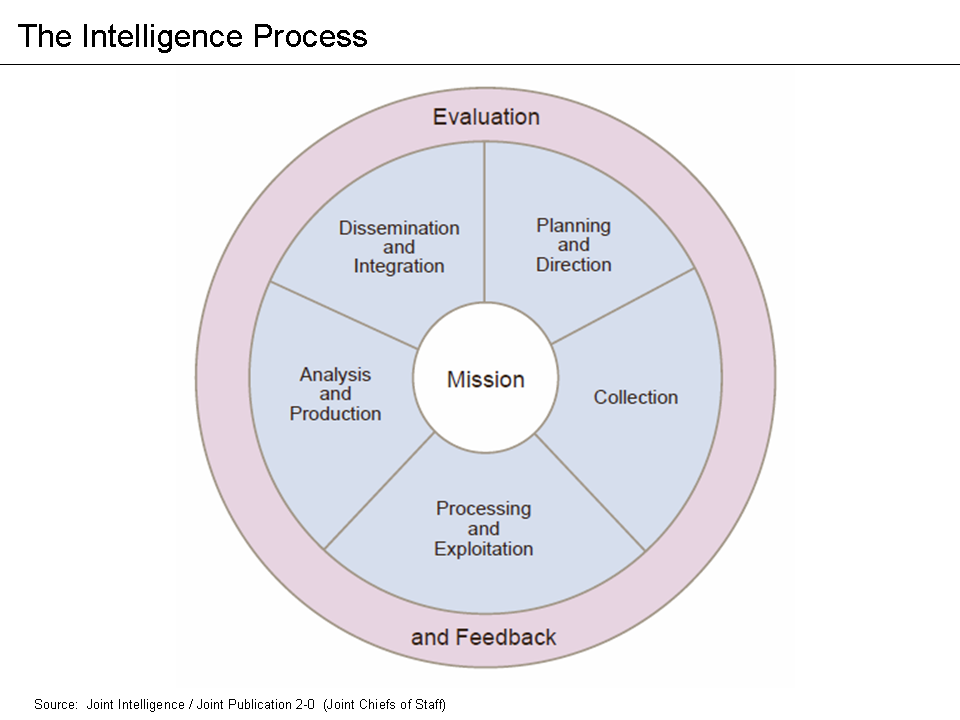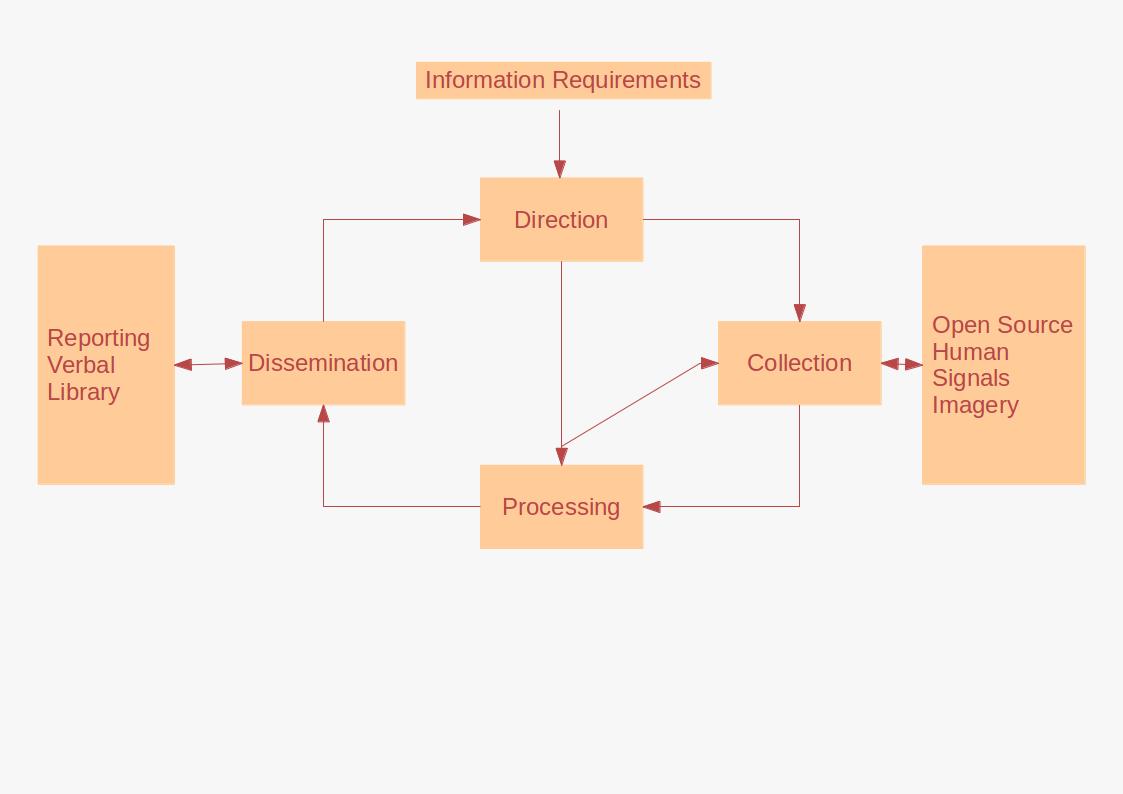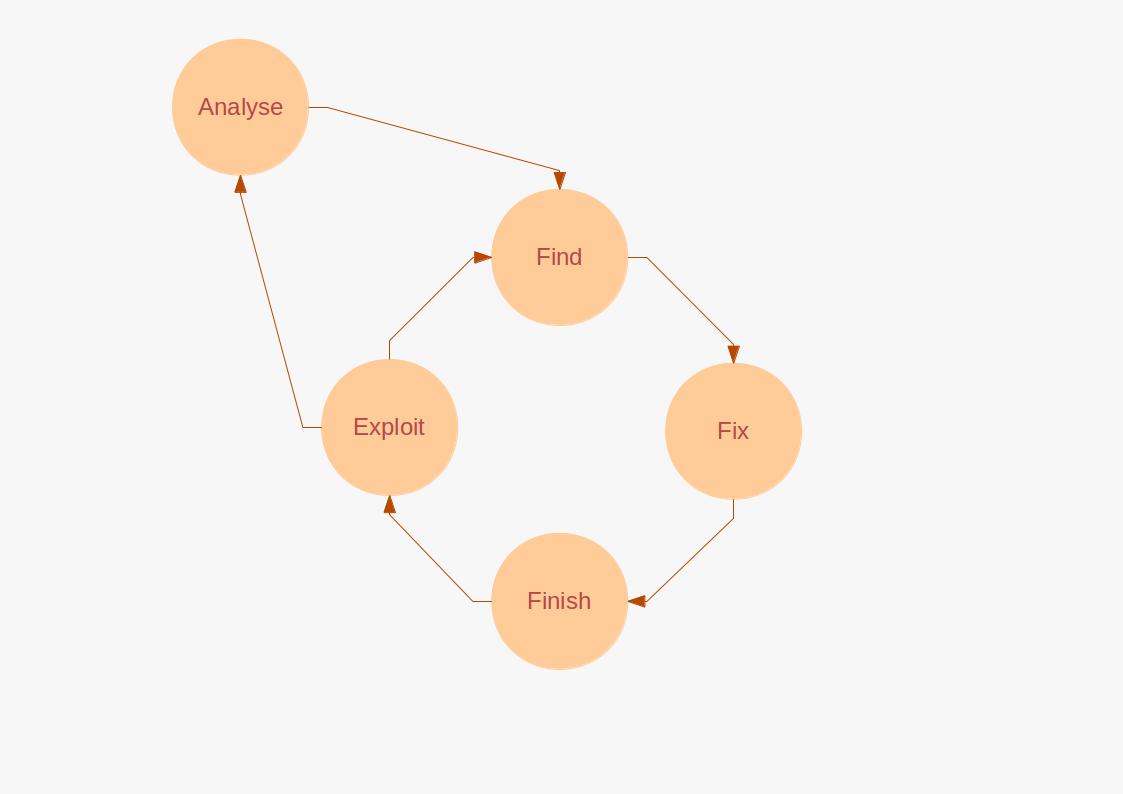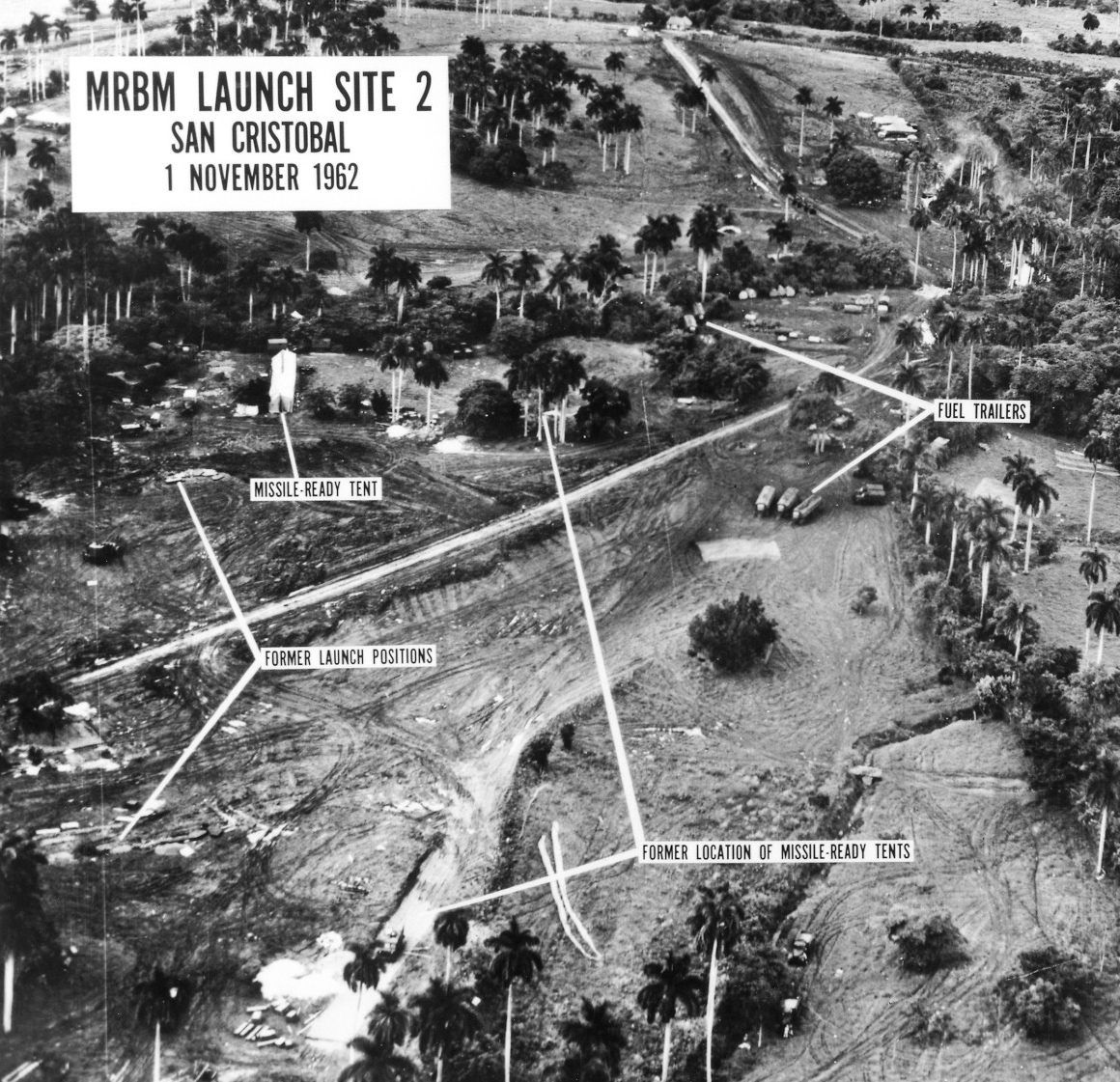|
Intelligence Cycle
The Intelligence cycle describes how intelligence is ideally processed in civilian and military intelligence agencies, and law enforcement organizations. It is a closed path consisting of repeating nodes, which (if followed) will result in finished intelligence. The stages of the intelligence cycle include the issuance of requirements by decision makers, collection, processing, analysis, and publication (i.e., dissemination) of intelligence. The circuit is completed when decision makers provide feedback and revised requirements. The intelligence cycle is also called the Intelligence Process by the U.S. Department of Defense (DoD) and the uniformed services. Conceptual model Direction Intelligence requirements are determined by a decision maker to meet his/her objectives. In the federal government of the United States, requirements (or priorities) can be issued from the White House or the Congress. In NATO, a commander uses requirements (sometimes called Essential elements of ... [...More Info...] [...Related Items...] OR: [Wikipedia] [Google] [Baidu] |
Intelligence (information Gathering)
Intelligence assessment, or simply intel, is the development of behavior forecasts or recommended courses of action to the leadership of an organisation, based on wide ranges of available overt and covert information (intelligence). Assessments develop in response to leadership declaration requirements to inform decision-making. Assessment may be executed on behalf of a state, military or commercial organisation with ranges of information sources available to each. An intelligence assessment reviews available information and previous assessments for relevance and currency. Where there requires additional information, the analyst may direct some collection. Intelligence studies is the academic field concerning intelligence assessment, especially relating to international relations and military science. Process Intelligence assessment is based on a customer requirement or need, which may be a standing requirement or tailored to a specific circumstance or a Request for Inf ... [...More Info...] [...Related Items...] OR: [Wikipedia] [Google] [Baidu] |
IMINT
Imagery intelligence (IMINT), pronounced as either as ''Im-Int'' or ''I-Mint'', is an intelligence gathering discipline wherein imagery is analyzed (or "exploited") to identify information of intelligence value. Imagery used for defense intelligence purposes is generally collected via satellite imagery or aerial photography. As an intelligence gathering discipline, IMINT production depends heavily upon a robust intelligence collection management system. IMINT is complemented by non-imaging MASINT electro-optical and radar sensors. History Origins Although aerial photography was first used extensively in the First World War, it was only in the Second World War that specialized imagery intelligence operations were initiated. High quality images were made possible with a series of innovations in the decade leading up to the war. In 1928, the RAF developed an electric heating system for the aerial camera. This allowed reconnaissance aircraft to take pictures from very high ... [...More Info...] [...Related Items...] OR: [Wikipedia] [Google] [Baidu] |
Intelligence Analysis Management
Intelligence Analysis Management is the process of managing and organizing the analytical processing of raw intelligence information. The terms "analysis", "production", and "processing" denote the organization and evaluation of raw information used in a phase informally called " connecting the dots", thus creating an " intelligence mosaic". The information may result in multiple analytic products, each with different security classifications, time scales, and levels of detail. Intelligence analysis goes back to the beginning of history. Sherman Kent is often considered the father of modern intelligence analysis. His writings include a 1947 book, ''Strategic Intelligence for American World Policy''. During his career in the Office of Strategic Services and the Central Intelligence Agency (CIA), Kent defined many of the parameters of modern analysis and its use. Kent disagreed with the philosophy that analysts never recommend policy, but only advise policymakers. He considered ... [...More Info...] [...Related Items...] OR: [Wikipedia] [Google] [Baidu] |
Intelligence Collection Management
Intelligence collection management is the process of managing and organizing the collection of intelligence from various sources. The collection department of an intelligence organization may attempt basic validation of what it collects, but is not supposed to analyze its significance. There is debate in U.S. intelligence community on the difference between validation and analysis, where the National Security Agency may (in the opinion of the Central Intelligence Agency or the Defense Intelligence Agency) try to interpret information when such interpretation is the job of another agency. Collection disciplines Disciplines which postprocess raw data more than collect it are: * Human intelligence (HUMINT) *Imagery intelligence (IMINT) *Signals intelligence (SIGINT) * Measurement and signature intelligence (MASINT) * Technical intelligence (TECHINT) * Open-source intelligence (OSINT) * Communications intelligence (COMINT) *Financial intelligence (FININT) * Geo-spatial intellige ... [...More Info...] [...Related Items...] OR: [Wikipedia] [Google] [Baidu] |
Intelligence Cycle Management
Intelligence cycle management refers to the overall activity of guiding the intelligence cycle, which is a set of processes used to provide decision-useful information (intelligence) to leaders. The cycle consists of several processes, including planning and direction (the focus of this article), collection, processing and exploitation, analysis and production, and dissemination and integration. The related field of counterintelligence is tasked with impeding the intelligence efforts of others. Intelligence organizations are not infallible (intelligence reports are often referred to as "estimates," and often include measures of confidence and reliability) but, when properly managed and tasked, can be among the most valuable tools of management and government. The principles of intelligence have been discussed and developed from the earliest writers on warfare to the most recent writers on technology. Despite the most powerful computers, the human mind remains at the core of intel ... [...More Info...] [...Related Items...] OR: [Wikipedia] [Google] [Baidu] |
Intelligence Cycle (target-centric Approach)
The target-centric approach to intelligence is a method of intelligence analysis that Robert M. Clark introduced in his book "Intelligence Analysis: A Target-Centric Approach" in 2003 to offer an alternative methodology to the traditional intelligence cycle. Its goal is to redefine the intelligence process in such a way that all of the parts of the intelligence cycle come together as a network. It is a collaborative process where collectors, analysts and customers are integral, and information does not always flow linearly. Target-centric analysis Intelligence process The most common view of the intelligence process is the model known as the intelligence cycle. In the original concept of this model, the steps are isolated stages where each part has a designated purpose or task. When the contributors and collectors complete data collection, the cycle continues. While this procedure completes each part of the cycle, it may constrain the flow of information. The intelligence com ... [...More Info...] [...Related Items...] OR: [Wikipedia] [Google] [Baidu] |
Intelligence Analysis
Intelligence analysis is the application of individual and collective cognitive methods to weigh data and test hypotheses within a secret socio-cultural context. The descriptions are drawn from what may only be available in the form of deliberately deceptive information; the analyst must correlate the similarities among deceptions and extract a common truth. Although its practice is found in its purest form inside national intelligence agencies, its methods are also applicable in fields such as business intelligence or competitive intelligence. Overview Intelligence analysis is a way of reducing the ambiguity of highly ambiguous situations. Many analysts prefer the middle-of-the-road explanation, rejecting high or low probability explanations. Analysts may use their own standard of proportionality as to the risk acceptance of the opponent, rejecting that the opponent may take an extreme risk to achieve what the analyst regards as a minor gain. The analyst must avoid the special ... [...More Info...] [...Related Items...] OR: [Wikipedia] [Google] [Baidu] |
DIKW Pyramid
The DIKW pyramid, also known variously as the DIKW hierarchy, wisdom hierarchy, knowledge hierarchy, information hierarchy, information pyramid, and the data pyramid, refers loosely to a class of models for representing purported structural and/or functional relationships between data, information, knowledge, and wisdom. "Typically information is defined in terms of data, knowledge in terms of information, and wisdom in terms of knowledge".The DIKW acronym has worked into the rotation from knowledge management. It demonstrates how the deep understanding of the subject emerges, passing through four qualitative stages: "D" – data, "I" – information, "K" – knowledge and "W" – wisdom Not all versions of the DIKW model reference all four components (earlier versions not including data, later versions omitting or downplaying wisdom), and some include additional components. In addition to a hierarchy and a pyramid, the DIKW model has also been characterized as a chain, as a fra ... [...More Info...] [...Related Items...] OR: [Wikipedia] [Google] [Baidu] |
Decision Cycle
A decision cycle is a sequence of steps used by an entity on a repeated basis to reach and implement decisions and to learn from the results. The "decision cycle" phrase has a history of use to broadly categorize various methods of making decisions, going upstream to the need, downstream to the outcomes, and cycling around to connect the outcomes to the needs. Overview A decision cycle is said to occur when an explicitly specified decision model is used to guide a decision and then the outcomes of that decision are assessed against the need for the decision. This cycle includes specification of desired results (the decision need), tracking of outcomes, and assessment of outcomes against the desired results. Examples of decision cycles * In quality control, PDCA (Plan–Do–Check–Act) is used. * In science, the scientific method (Observation–Hypothesis–Experiment–Evaluation) can also be seen as a decision cycle. * In the United States Armed Forces, a theory of an OODA lo ... [...More Info...] [...Related Items...] OR: [Wikipedia] [Google] [Baidu] |
Collation
Collation is the assembly of written information into a standard order. Many systems of collation are based on numerical order or alphabetical order, or extensions and combinations thereof. Collation is a fundamental element of most office filing systems, library catalogs, and reference books. Collation differs from ''classification'' in that the classes themselves are not necessarily ordered. However, even if the order of the classes is irrelevant, the identifiers of the classes may be members of an ordered set, allowing a sorting algorithm to arrange the items by class. Formally speaking, a collation method typically defines a total order on a set of possible identifiers, called sort keys, which consequently produces a total preorder on the set of items of information (items with the same identifier are not placed in any defined order). A collation algorithm such as the Unicode collation algorithm defines an order through the process of comparing two given character stri ... [...More Info...] [...Related Items...] OR: [Wikipedia] [Google] [Baidu] |
Evaluation
Evaluation is a systematic determination and assessment of a subject's merit, worth and significance, using criteria governed by a set of standards. It can assist an organization, program, design, project or any other intervention or initiative to assess any aim, realisable concept/proposal, or any alternative, to help in decision-making; or to ascertain the degree of achievement or value in regard to the aim and objectives and results of any such action that has been completed. The primary purpose of evaluation, in addition to gaining insight into prior or existing initiatives, is to enable reflection and assist in the identification of future change. Evaluation is often used to characterize and appraise subjects of interest in a wide range of human enterprises, including the arts, criminal justice, foundations, non-profit organizations, government, health care, and other human services. It is long term and done at the end of a period of time. Definition Evaluation is the stru ... [...More Info...] [...Related Items...] OR: [Wikipedia] [Google] [Baidu] |
Translation
Translation is the communication of the meaning of a source-language text by means of an equivalent target-language text. The English language draws a terminological distinction (which does not exist in every language) between ''translating'' (a written text) and ''interpreting'' (oral or signed communication between users of different languages); under this distinction, translation can begin only after the appearance of writing within a language community. A translator always risks inadvertently introducing source-language words, grammar, or syntax into the target-language rendering. On the other hand, such "spill-overs" have sometimes imported useful source-language calques and loanwords that have enriched target languages. Translators, including early translators of sacred texts, have helped shape the very languages into which they have translated. Because of the laboriousness of the translation process, since the 1940s efforts have been made, with varying degrees o ... [...More Info...] [...Related Items...] OR: [Wikipedia] [Google] [Baidu] |







